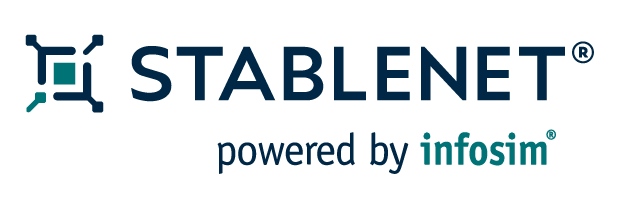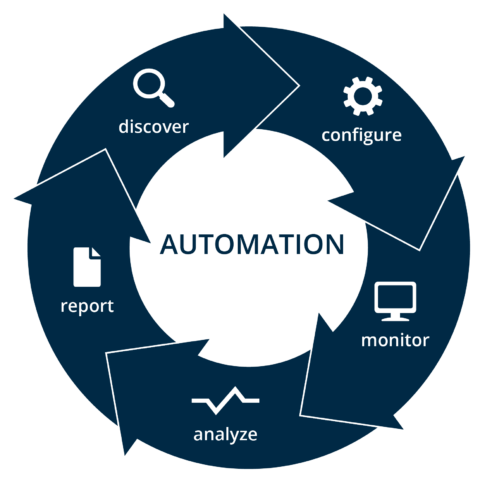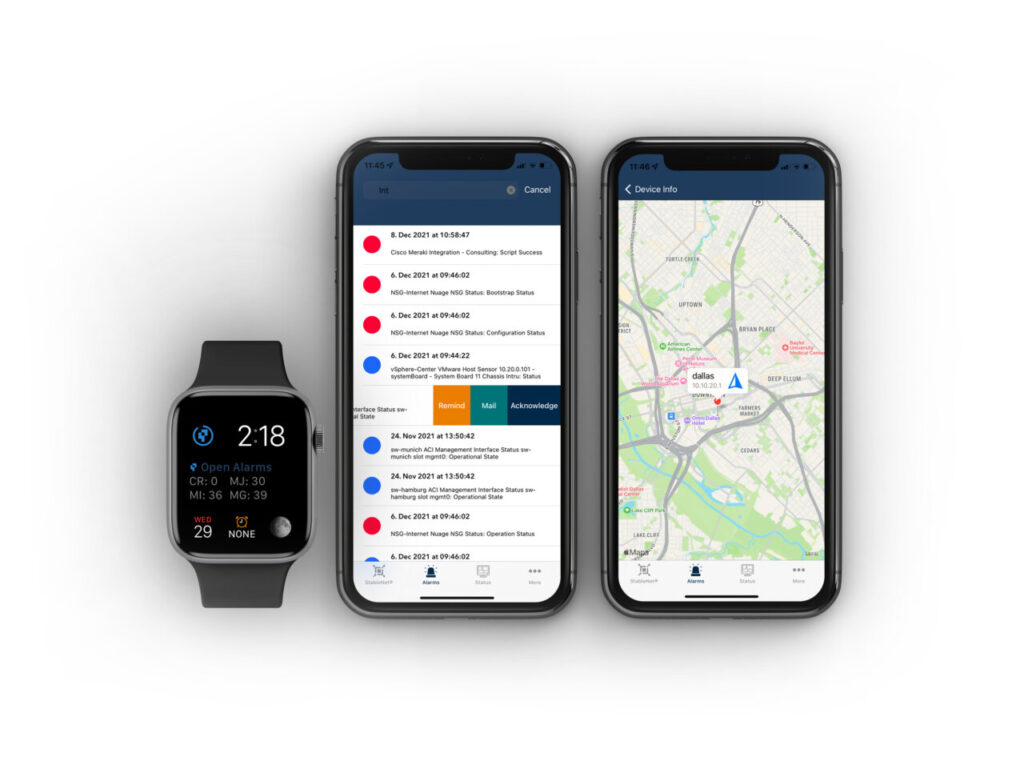
Automate Management of Even the Most Complex Network Infrastructures
StableNet® powered by Infosim provides Discovery, Configuration, Fault and Performance Management and brings the fragmented pieces of your multi-technology and multi-vendor network infrastructure together under a single platform.
The automated network & service management approach has been successfully implemented in key industries like energy, finance, manufacturing, retail, telecommunications, and many more.
Featured Products & Solutions
Compared to other types of legacy OSS/BSS and IT & Service Management Systems, StableNet®‘s 4-in-1 Solution has the capability to be deployed on a multitenant, multi-customer, or dedicated platform and can be operated in a highly dynamic flex-compute environment.
StableNet® Telco
A unified, Telco-grade and highly scalable solution providing multi-tenancy, Discovery & Inventory, Network Configuration & Change, Fault Management & Root Cause Analysis and Performance & Service Management.
StableNet® Enterprise
A unified state of the art management solution for IT & Networking Organizations providing Discovery & Inventory, Network Configuration & Change, Fault Management & Root Cause Analysis and Performance & Service Management.
StableNet® as a Service
An automated, affordable and straight-forward solution to provide the benefits of StableNet® without all of the up-front cost or ongoing complexity of maintenance
StableNet® BI
A cutting-edge solution that seamlessly integrates and unifies diverse data sources, providing businesses with unparalleled insights. The integration of BI into infrastructure and network management streamlines operations and contributes to the overall resilience of the organization.
StableNet® at a Glance
StableNet® Covers
Discovery & Inventory
Improve network efficiency and capture your assets for insights
Network Configuration & Change
Reduce configuration errors with vendor independent automation
Fault Management & Root Cause Analysis
Resolve network problems quickly by getting pinpointed to the root cause
Key Benefits of StableNet®
Consolidation
StableNet® unifies the management of multiple vendor-specific network tools and technologies, along with firm-specific databases, into one GUI.
Scalability
The Automated Network & Service Management solution StableNet® delivers a flexible framework that is scalable to any sized network.
Customization
StableNet® provides an excellent out-of-the-box solution which can be further customized to accomodate individual requirements.
Ready for Automated Network Management?
Automation is at the core of StableNet®

StableNet® delivers optimized automation workflows with immediate results, without the need for extensive upfront
programming investments.
With StableNet® you can save considerable time and, in conjunction with the consolidation of functionalities, significantly reduce costs (OPEX and CAPEX).
The network automation workflow is an iterative process which begins with repeated checks and discovery of your
inventory and moves through simplified configuration jobs, root cause analysis and continuous SLA monitoring, compliance tracking, and simplified and automated backups and reporting (with many steps along the way). While each network is unique, with StableNet® you can greatly simplify even the most customized tasks.
StableNet® in Action: Popular Releases

Vendor agnostic NMS in your pocket
- Alarm handling
- Device information
- Status & performance information
- Highly intuitive design
- Reduced traffic & power usage
